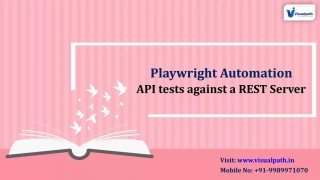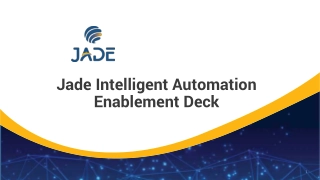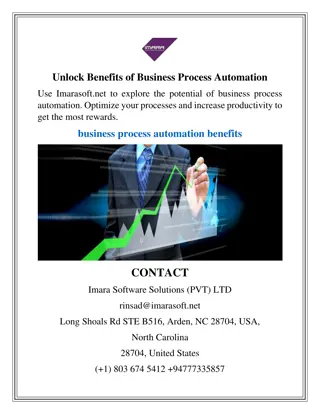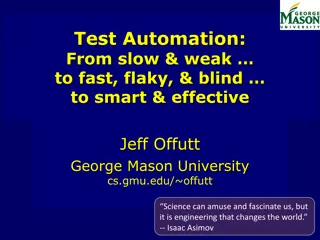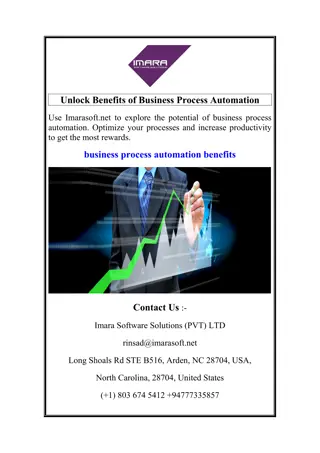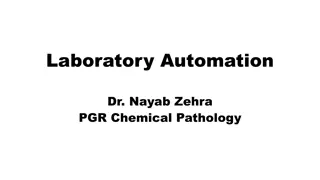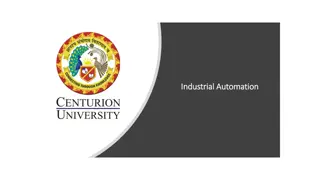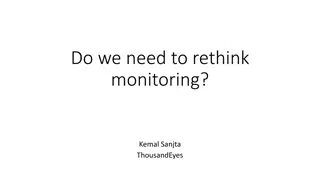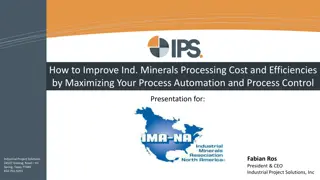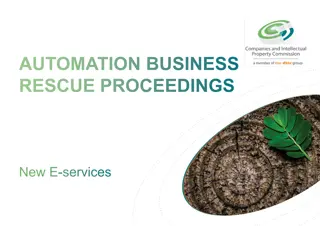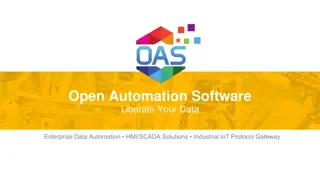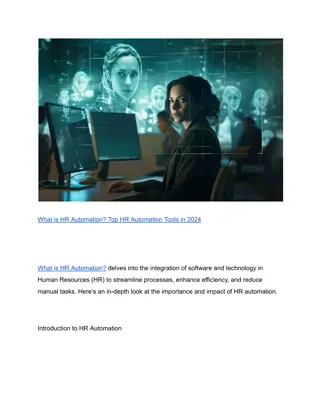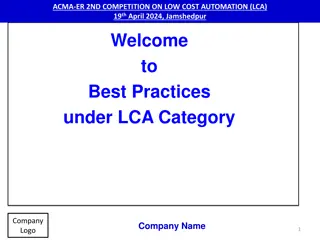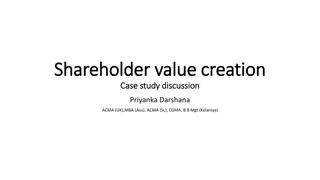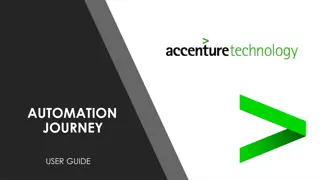Maximizing Efficiency and Value: Business Process Automation in the Public Sector
Business Process Automation (BPA) involves using technology to streamline manual processes, reduce errors, boost productivity, and optimize operations in public sector organizations. This includes Robotic Process Automation (RPA) and rule-based automation, leading to improved quality, efficiency, and compliance. The evolution of new technologies such as AI, data analytics, and cloud computing has made BPA more accessible and effective for public sector entities, offering potential for significant advancements in process automation and decision-making.
Download Presentation

Please find below an Image/Link to download the presentation.
The content on the website is provided AS IS for your information and personal use only. It may not be sold, licensed, or shared on other websites without obtaining consent from the author. Download presentation by click this link. If you encounter any issues during the download, it is possible that the publisher has removed the file from their server.
E N D
Presentation Transcript
Business process automation Potential Value to the Public Sector Stephan van der Merwe (CA) SA
BPA Business Process Automation (BPA) refers to the use of technology to automate and streamline repetitive, routine, and manual processes within an organization. The goal of BPA is to improve efficiency, reduce human error, enhance productivity, and ultimately optimize overall operations. 01. Robotic Process Automation (RPA) 02. 03. Workflow Automation Rule-based BPA RPA involves the use of software robots or "bots" to automate repetitive and rule- based tasks typically performed by humans. This type of BPA focuses on automating the flow of tasks and activities within a specific business process. Rule-based BPA involves automating processes that follow well-defined rules and decision criteria.
Example BPA Preparing AFS - Before Excel AFS Limited automation TB ERP BUDGET REPORT Word AFS No automation Secondary information Other DB Published AFS
Example BPA Preparing AFS - After Published AFS TB ERP Full automation BUDGET REPORT Excel AFS Secondary information Other DB
Quality Efficiency Less errors Decrease human errors those copy paste ones Show result quicker, but then require corrections upstream Time saving Version 1 took 2 weeks now only 1 day Potential and Actual Value Unlocked Compliance changes Decrease risk Iterations Better enabled to handle iterations No undue human intervention in the process Handle urgent compliance changes easier
What have changed? AI NEW GENERATION TECHNOLOGIES MORE EASILY AVAILABLE TO PUBLIC SECTOR Artificial intelligence DA Data analytics C Cloud computing BPA Business process automation
Update your strategy BPA Automate specific processes BPA - RPA Cloud computing Automate repetitive and rule- based tasks New technology infrastructure. Easy access, maintenance, update and scale New Projects BPA - Worklow AI Automating the flow of tasks and activities Use for intelligent predictions and complex automation Data analytics Analyze and visualize data for improved decision making data driven decision making
Conclusion You will only learn these new technologies if you initiate projects to start using them. We believe in an incremental approach. Learn and adjust before going to the next phase. Use the correct tool for the problem. E.g. industry specific AI, do not use AI where BRA/RPA is more needed. A journey of a thousand miles begins with a single step"
https://www.linkedin.com/in/stephanva/ +27824557668 Stephan.vandermewe@daptit.com


